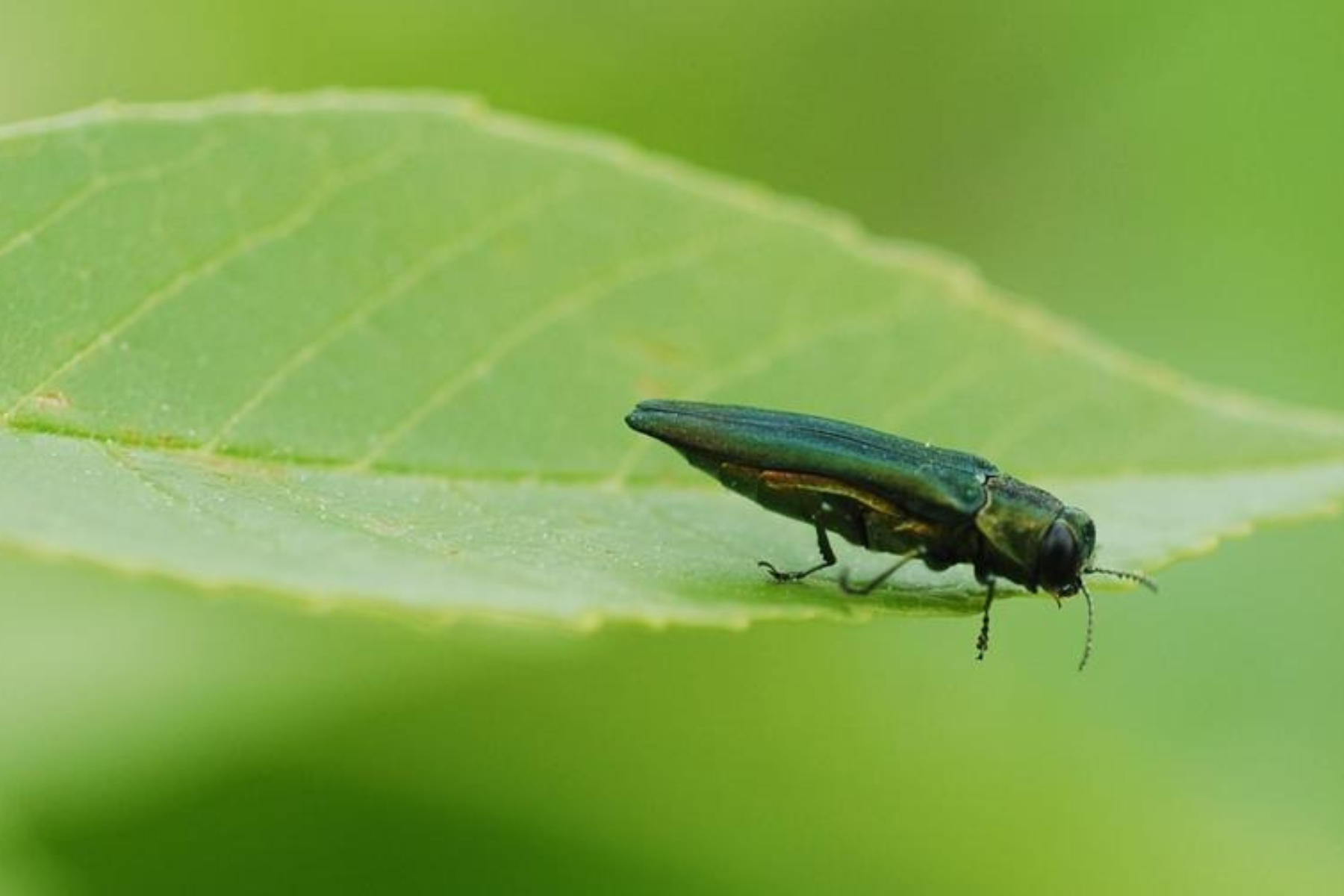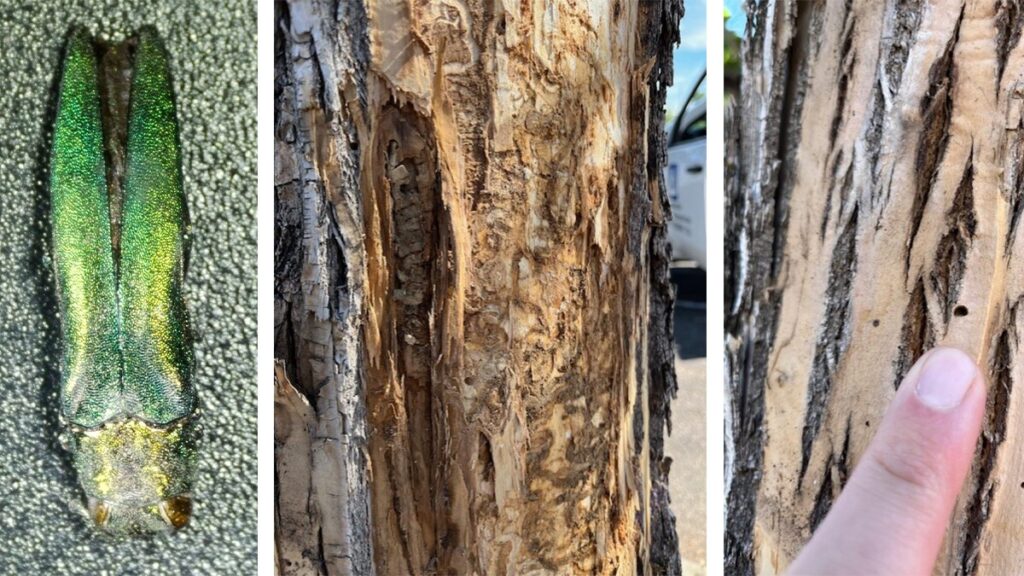
The first case of Emerald Ash Borer beetles has been found in central Lakewood. The invasive species infects and kills ash trees, and there’s nothing that can be done to save a tree once the bug bores into it.
EAB detection can be about three years behind, meaning it could be destroying ash trees for years before city forestry officials are even aware of its presence.
According to a press release from Lakewood Community Resources, about 15 percent of urban trees are ash trees.
“The easiest sign to look for is a D-shaped exit hole on the trunk,” said Luke Killorian, the forestry supervisor for the city of Lakewood. “It’s when a borer exits a tree. It’s got a distinctive shape.”
Other signs also include “bark splits and S-shaped tunnels called galleries underneath the bark, gradual canopy thinning and dieback, abnormal shoots of growth, smaller than normal leaves, and heavy woodpecker activity.”
The bug itself is metallic green and shiny.

As for best practices, Killrorain urges people not to move firewood around.
“The bug itself only moves a mile or two a year naturally. We’ve seen it spread incredibly fast because people load up firewood and transport it across the state,” he said.
He “highly” suggests that people contact a licensed tree contractor to work with when discovering a beetle.
The pest’s unwelcome Colorado debut occurred in 2013 in Boulder County.
That prompted a quarantine that blocked the movement of firewood or other wood supplies across Boulder County borders. The mountains also acted as a natural barrier to the spread of the pest. But when the quarantine was lifted, the Emerald Ash Borer could find a ride over the Rockies in firewood.
By 2019 the insect had infested its way into Broomfield, Westminster and Berthoud with a 2020 case in Arvada.
An international group that spans through Canada, called The Emerald Ash Borer Network, works to map out the locations of the bug and offers resources for people to join the fight to protect ash trees.









